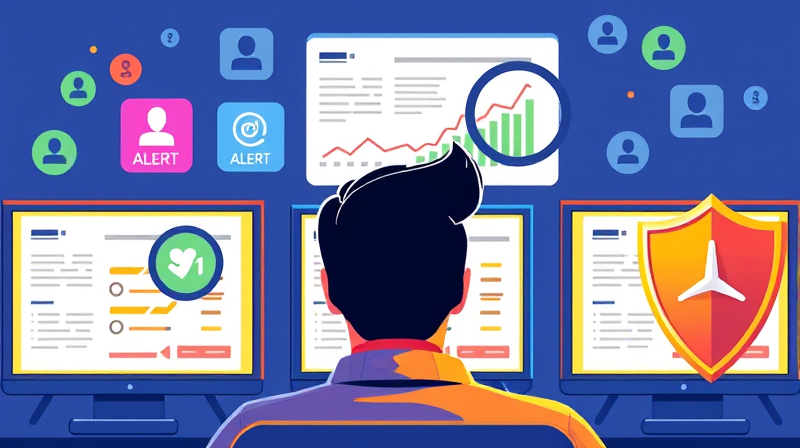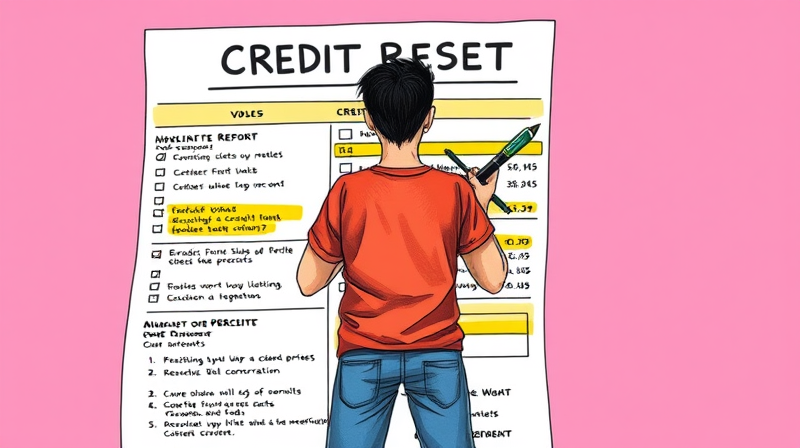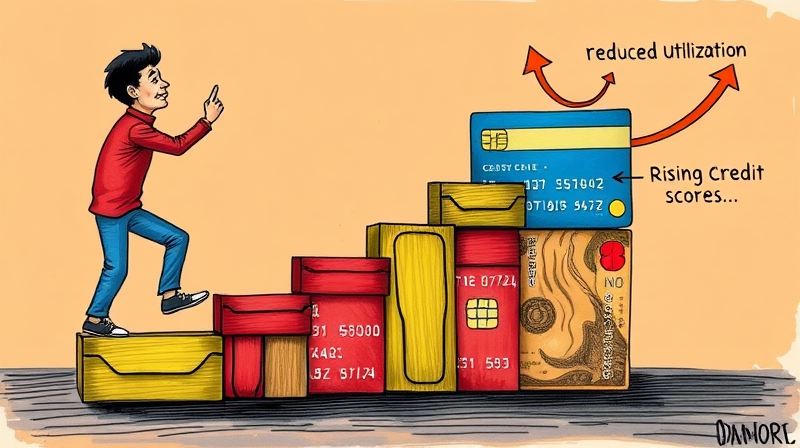
Credit can be one of the most powerful tools in achieving financial goals, but it also carries risks. By harnessing the right digital solutions, consumers can stay ahead of potential threats and correct errors before they escalate. This article explores how to improve your credit score effectively and protect your reputation.
From understanding the fundamentals to choosing the perfect service, we will guide you through practical steps that foster lasting financial security.
Credit monitoring is the ongoing process of tracking changes in your credit reports across major bureaus such as Equifax, Experian, and TransUnion. It goes beyond simply viewing a monthly score—it actively alerts you to new inquiries, account openings, and any suspicious entries.
With real-time alerts for suspicious changes, you gain the power to act swiftly, preventing identity theft and limiting potential damage to your credit profile.
Effective monitoring delivers a wide array of advantages, empowering you to maintain a healthy credit profile and avoid costly surprises.
Early detection is the first line of defense against unauthorized activity. A timely alert can reveal a newly opened credit line you never requested or a string of inquiries initiated by an imposter.
By promptly freezing accounts or disputing inaccuracies, you can thwart fraudsters and minimize long-term repercussions. This kind of vigilant oversight is early detection of fraudulent activities in action.
Monitoring also shines a light on how everyday decisions—like on-time payments or credit utilization—affect your overall credit health. With tangible insights, you can develop strategies to pay down balances, reduce debt ratios, and ultimately improve your credit score effectively.
Finally, many premium services include identity theft insurance coverage, reimbursing you for expenses related to recovery efforts. This safeguard delivers peace of mind, ensuring that even if an incident occurs, you have financial support to set things right.
Credit Seekers are individuals focused on obtaining new lines of credit for purchases like homes or vehicles. They rely on monitoring to reveal optimal times for applications and to ensure they present the strongest possible profile.
Credit Managers prioritize controlling existing debt. In a high-interest environment, they leverage monitoring to track balances, identify opportunities to refinance, and keep utilization ratios in check.
Credit Improvers typically start with lower scores and use monitoring to chart progress over time. By pinpointing areas for improvement, they often see substantial gains—on average up to 28 points within a year.
Not all services are created equal. Understanding what each option offers is crucial to finding the right fit for your needs.
Free services often provide a basic overview of your credit report and occasional updates. While they deliver value at no cost, they may lack triple-bureau credit monitoring coverage and comprehensive alert customization.
Paid subscriptions typically offer daily score tracking, identity theft protection, and advanced tools like credit score simulators and dispute assistance. For many users, these extras justify the investment by offering a higher level of peace of mind in financial security.
Understanding broader trends can underscore why credit monitoring has become indispensable for so many.
More than half of U.S. consumers now use some form of credit monitoring to maintain financial health. Among these, 86% consider it at least moderately important, emphasizing its role as a core financial tool.
Moreover, individuals identified as Credit Improvers see an average increase of 28 points within one year of consistent monitoring. These results highlight the tangible impact of proactive oversight.
Given the rise in data breaches and fraudulent schemes, the demand for robust monitoring solutions continues to grow, making it more accessible and feature-rich than ever before.
Selecting the ideal service requires balancing cost against the features you value most. Consider these best practices to maximize your investment:
Once you’ve chosen a service, make it a habit to engage with your credit data. Schedule monthly check-ins, respond promptly to alerts, and compare your report against new financial moves.
By integrating credit monitoring into your overall money management routine, you transform a passive tool into an active partner in building long-term wealth and stability.
Credit monitoring is far more than a convenience—it’s a strategic asset in safeguarding your financial future. From catching fraud attempts to illuminating ways to reduce debt, these tools offer manage your debt levels and protect your credit reputation.
Whether you’re applying for a mortgage, seeking a new credit card, or simply striving for peace of mind, leveraging credit monitoring tools empowers you to catch issues early and take decisive action. Start today, and watch as your sustained diligence leads to stronger credit health and lasting financial confidence.
References













